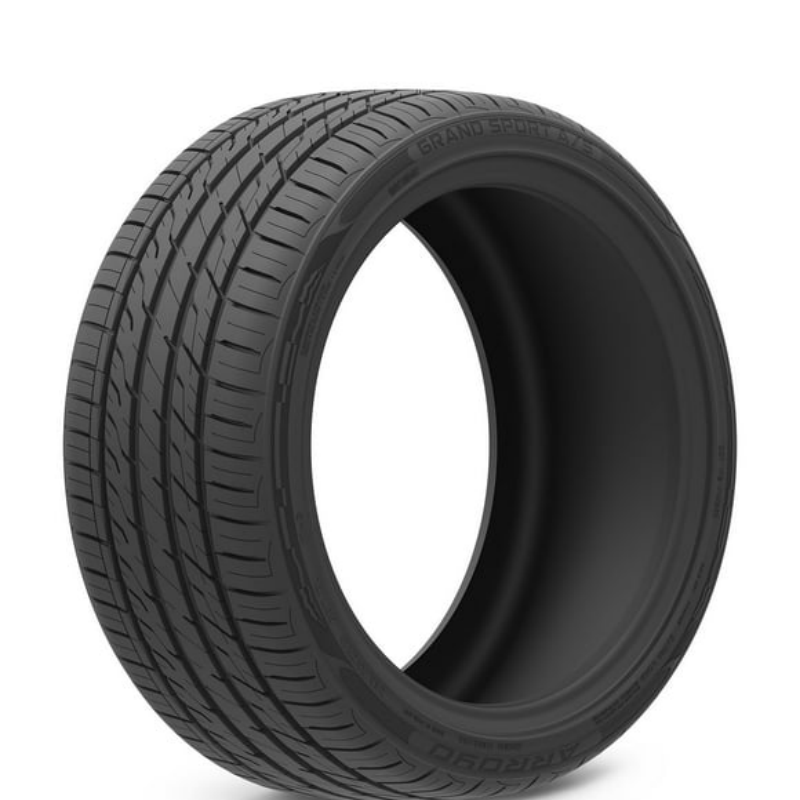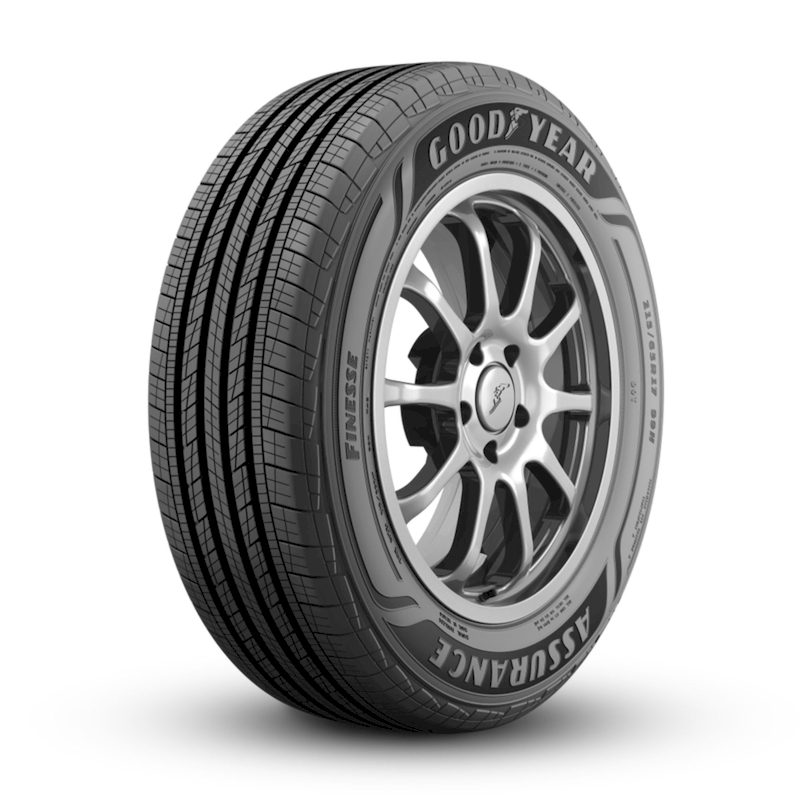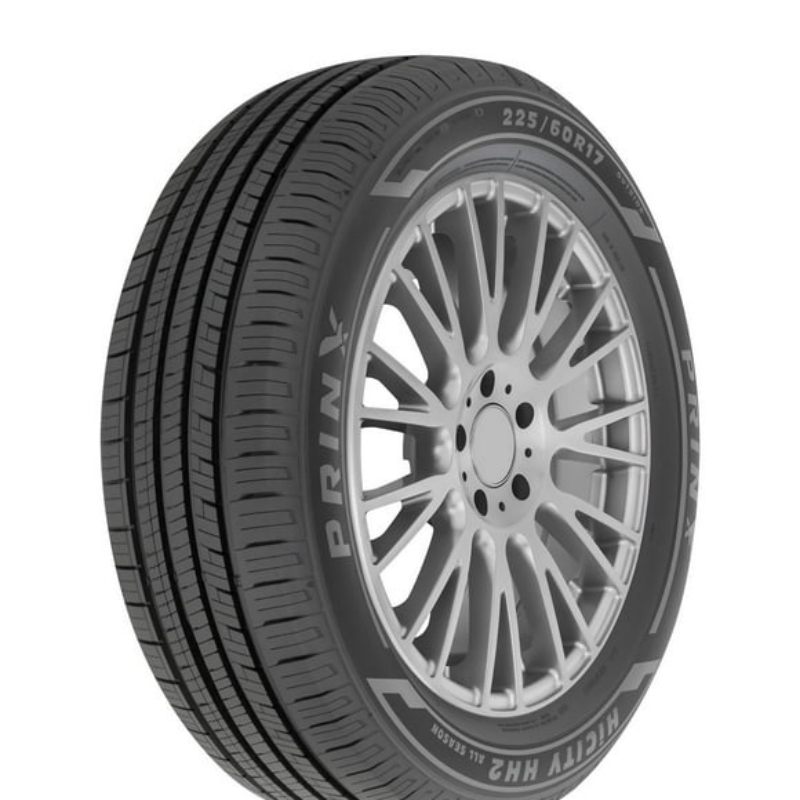When purchasing new tires, many consumers encounter various numbers and letters on the tire sidewall and packaging, one of which is the UTQG rating. So, what is UTQG on tires? The Uniform Tire Quality Grading system (UTQG) is a standardized rating system developed by the National Highway Traffic Safety Administration (NHTSA) to assist consumers in making informed decisions about tire selection based on performance characteristics. Understanding the UTQG rating provides valuable insights into a tire’s treadwear, traction, and temperature performance, which can significantly affect your vehicle’s safety, handling, and overall driving experience. In this comprehensive article, we will explore the UTQG rating in detail, discuss how it is determined, its significance for consumers, and practical tips on how to use this information effectively when selecting tires. By the end of this guide, you will feel equipped with the knowledge necessary to navigate tire shopping confidently.
What is the Uniform Tire Quality Grading (UTQG)?
To fully grasp what is UTQG on tires, it’s essential to understand its background and purpose.
Historical Context
The UTQG system was established by the National Highway Traffic Safety Administration in the early 1970s to provide consumers with a uniform method for evaluating tire performance. The intention was to create a guideline for tire manufacturers to assess their product’s quality and performance compared to others in the market. By standardizing this information, consumers could make informed decisions when buying new tires.
Components of UTQG Ratings
The UTQG rating consists of three primary components: treadwear, traction, and temperature resistance. Each of these categories is scored separately to provide a comprehensive overview of the tire’s performance.
- Treadwear: This rating indicates the tire’s durability under normal driving conditions. Specifically, it reflects how long the tire is expected to last compared to a reference tire. The treadwear rating uses numbers and typically ranges from around 100 to 800 or more.
- Traction: The traction rating evaluates the tire’s ability to stop on wet pavement and is assigned a letter grade ranging from “AA” (highest) to “C” (lowest). This letter grade helps consumers assess the grip the tire may provide in rainy or slippery conditions.
- Temperature Resistance: This rating assesses the tire’s ability to dissipate heat, crucial for safety at high speeds. The temperature rating uses letter grades: “A” (highest), “B,” and “C” (lowest). Tires with higher ratings tend to have better performance, leading to increased safety and efficiency.
Overview of the UTQG Label
The UTQG rating is printed on a tire’s sidewall, often alongside other critical tire information, such as the tire’s size and the maximum load it can carry. The UTQG label provides an at-a-glance summary of essential tire characteristics, which can be beneficial when comparing different tire models.
Understanding the basics of what is UTQG on tires, including its historical context and rating components, lays the groundwork for appreciating its significance when choosing new tires.
Why the UTQG System Matters
The UTQG system serves as a vital tool for consumers looking to make informed decisions regarding tire purchases. Here are a few reasons why it matters:
Enhancing Consumer Safety
Safety is paramount when it comes to vehicles and tires, particularly since tires are the only point of contact between the car and the road. The UTQG ratings provide consumers with critical information about a tire’s capability to handle various driving conditions, ensuring better safety on the road.
Informing Tire Choices
Understanding UTQG ratings empowers consumers to compare and contrast different tire models effectively. Instead of relying solely on brand reputation or personal preferences, drivers can examine UTQG ratings to find tires that suit their specific needs, such as optimal treadwear for longer journeys or superior traction for wet conditions.
Predicting Performance and Value
UTQG ratings also offer insights into how tires perform over time. A tire with a higher treadwear rating may cost more upfront but can provide better value in terms of longevity. By paying attention to UTQG ratings, smart drivers can make economic choices reflecting their driving habits.
Educational Resource
The UTQG system educates consumers about tire performance while raising awareness of critical automotive-related topics. As drivers become more knowledgeable, they contribute to a culture of safety and responsibility on the roads.
By appreciating the significance of the UTQG system, drivers can make better-informed decisions about tire purchases, enhancing safety and value for their vehicles.

How is the UTQG Rating Determined?
Understanding how UTQG ratings are determined gives valuable insight into their reliability and applicability.
Treadwear Testing
Treadwear ratings are based on standardized testing conducted by manufacturers using the “test tire” method. This method involves a test tire with a predetermined baseline tread design, which is subjected to controlled conditions. The wear rate is then measured, with the resulting score assigned in comparison to the reference tire. The rating typically ranges from 100 to over 800.
Traction Testing
The traction rating is determined through tests conducted under wet braking conditions. The tires undergo braking tests on wet pavement, measuring how quickly they can stop. Traction tests are subject to specifics, including speed, surface conditions, and measurement accuracy, which ensures standardized results.
Temperature Testing
Temperature resistance ratings are derived from testing the tire’s ability to dissipate heat under continuous high-speed conditions. Tires are subjected to conditions that mimic typical road use, and their performance is rated according to how effectively they manage heat.
Industry Standards
The UTQG rating system complies with federal regulations and industry standards. While manufacturers can perform their testing, follow-up inspections and evaluations may be conducted periodically to ensure compliance with UTQG standards.
Understanding how the UTQG rating is determined reinforces its credibility, providing consumers with confidence in their ratings.
Using UTQG Ratings to Choose Tires
Now that you understand what UTQG is on tires and the relevant rating systems, let’s explore how consumers can utilize this information effectively when choosing new tires.
Determine Your Driving Needs
Before assessing specific tire ratings, consider your driving habits and needs. Do you frequently drive in wet conditions? Will you be using your vehicle for long road trips? Identifying your standard driving conditions will guide you toward selecting the appropriate tire features.
Analyze the Treadwear Rating
Once you have a grasp of your driving needs, examine the treadwear ratings of the tires you are considering. A higher treadwear rating indicates a longer lifespan, which is essential for those who want durable tires. However, higher treadwear ratings can also mean harder rubber compounds that may offer less grip, especially in wet conditions.
Focus on Traction Ratings
Traction ratings play a crucial role in ensuring safety, particularly in adverse weather conditions. When reviewing tires, prioritize traction ratings, especially if you frequently drive in rain or snow. Tires rated “AA” are ideal for mitigating skidding and maximizing grip.
Consider Temperature Ratings
Temperature ratings can offer insights into how a tire will perform at high speeds. If you drive frequently at speeds above 75 mph or you live in an area with hot climates, consider choosing tires with a higher temperature rating (A or B) to ensure performance stability.
Compare Multiple Options
When shopping for tires, don’t settle for the first option you encounter. Compare UTQG ratings across various brands and models. Keep in mind that different manufacturers may market their tires using unique features, but the UTQG ratings provide an impartial basis for comparison.
Ask Experts for Advice
If you’re unsure about specific tire models or ratings, consult professionals for advice. Mechanics and tire retailers are well-versed in the UTQG ratings and can help address any concerns. Don’t hesitate to take advantage of their expertise.
Employing these strategies ensures that you effectively utilize UTQG ratings when selecting tires that suit your driving needs while prioritizing performance and safety.
Common Misconceptions About UTQG Ratings
Despite its significance, certain misconceptions about the UTQG ratings can lead to confusion regarding their applicability. Here are several common misunderstandings:
UTQG Ratings Guarantee Vehicle Performance
One prevalent misconception is that UTQG ratings guarantee high performance in all driving situations. While these ratings provide valuable insights, remember that external factors (like driving habits, road conditions, and tire maintenance) play a significant role in overall performance.
All Tires Have UTQG Ratings
While most passenger tires come with UTQG ratings, not all tires have them. Specialty tires, such as those designed for racing or off-road use, often do not participate in the UTQG program and may not have applicable ratings. Be sure to explore other performance indicators if this is the case.
Higher Ratings Always Mean Superior Tires
While higher ratings in treadwear, temperature, and traction suggest a tire’s capabilities, they do not always reflect suitability for every driver. Factors like vehicle type and intended use are equally important and should guide purchasing decisions.
UTQG Ratings Are Only for New Tires
Another misunderstanding is that UTQG ratings only apply to new tires. While the ratings are primarily associated with new tires, they can provide useful information for evaluating used tires as well. Understanding original UTQG ratings can help consumers gauge the remaining useful life of tires in their inventory.
The Ratings Are Universally Applicable
UTQG ratings are specific to passenger vehicles and light trucks, which means they do not cover all vehicles. For heavier vehicles, such as trucks, vans, or recreational vehicles (RVs), consult professional guidance to find the best tire options specific to those vehicles.
By addressing these misconceptions, consumers can understand and navigate UTQG ratings more effectively for better-informed tire purchasing decisions.
The Future of Tire Technology and UTQG Ratings
As technology continues to advance, the future of tire manufacturing, performance, and UTQG ratings appears promising. Here are several trends likely to shape the industry.
Smart Tire Technology
As vehicles increasingly embrace smart technologies, the tire industry will follow suit. Innovations, such as RFID chips integrated within tires, may soon allow manufacturers to provide real-time data on tire condition, performance metrics, and maintenance needs. This advancement could lead to a more comprehensive understanding of tire needs and replacement timing.
Sustainability and Eco-Friendly Materials
The focus on sustainability will likely drive manufacturers to explore eco-friendly materials in tire production. With an emphasis on reducing environmental impact, companies may consider natural rubber alternatives, aiming to improve recyclability and extend the life of tires.
Enhanced Performance Materials
Continued research and development effort will lead to enhanced performance materials that contribute to better treadwear resistance, grip, and heat dissipation. With more consumers seeking high-performance tires, manufacturers will focus on creating advanced materials that cater to safety and efficiency.
Connection between UTQG Ratings and Consumer Education
The future of UTQG ratings may include increased consumer education efforts. As more people become aware of the importance of proper tire selection, educational materials and resources will better explain how ratings work and how to utilize them when necessary.
Regulations and Compliance Improvements
As tire technology and safety standards progress, future iterations of UTQG and tire regulation standards may become more stringent. Continuous evaluation and participation in testing will ensure consumer safety and promote quality manufacturing practices.
By acknowledging these upcoming trends and developments, you can stay ahead of the curve in tire knowledge while recognizing the ongoing evolution within the industry.

Conclusion
In summary, understanding what is UTQG on tires equips consumers to make informed tire choices, ultimately enhancing vehicle performance and safety. The Uniform Tire Quality Grading system provides an essential framework for evaluating tires based on treadwear, traction, and temperature characteristics. As discussed, these ratings serve a vital role in a consumer’s decision-making process, enhancing confidence when selecting new tires.
By familiarizing yourself with the meaning, implications, and applications of UTQG ratings, you can confidently navigate the tire market. Additionally, being aware of common misconceptions, the upcoming trends in tire technology, and maintaining your tires properly can contribute to a longer tire lifespan and improved overall driving experiences.
Whether you’re a seasoned motorist or a person exploring tire options for the first time, delving into the world of UTQG will empower you to make better choices for your vehicle. This knowledge empowers you to choose wisely, ensuring that your investment leads to both safety and satisfaction while driving.
